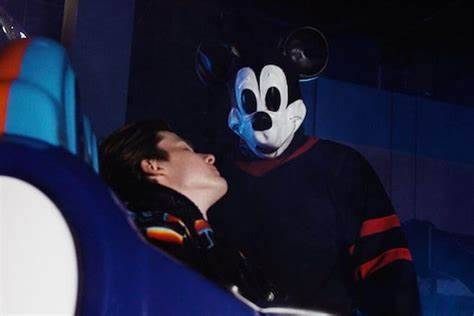In 2024, a notable shift occurred in the world of copyright as a multitude of works entered the public domain on January 1, a date annually recognized as Public Domain Day. This year, the spotlight was on works from 1928, which, due to the 1998 Copyright Term Extension Act, received an additional 20 years of protection beyond their original term.
Among the iconic works that became publicly accessible are Agatha Christie’s “The Mystery of the Blue Train,” Charlie Chaplin’s silent film “The Circus,” D.H. Lawrence’s “Lady Chatterley’s Lover,” and Virginia Woolf’s “Orlando: A Biography.” However, the most striking entry was the 1928 film “Steamboat Willie,” featuring Walt Disney’s emblematic character, Mickey Mouse. It’s important to note that only this specific depiction of Mickey Mouse is in the public domain, not the character as he is known today. Accompanying Mickey and Minnie Mouse in the public domain are characters like J.M. Barrie’s Peter Pan.
The transition of these characters into the public domain has sparked a renewed interest in their reimagining. For instance, when Winnie The Pooh entered the public domain in 2022, it led to the release of the British indie slasher film “Winnie the Pooh: Blood and Honey” in 2023. This film presented Pooh in an unexpectedly dark context, a stark contrast to the character’s traditional portrayal. Similarly, the public domain release of Mickey Mouse has inspired creative reinterpretations.
One such reinterpretation is the trailer for “Mickey Mouse Trap,” directed by Jamie Bailey. The film, showcasing a horror narrative, features a predator terrorizing a group of youngsters while donning the iconic Mickey Mouse mask. The trailer, with the text “The mouse is out,” strikes a chord of creepiness, yet piques curiosity. It represents a dramatic shift from the character’s familiar, endearing image.
In the gaming world, Nightmare Forge Games introduced “Infestation 88,” a cooperative survival horror game set in 1988. In this game, players encounter a catastrophic version of Mickey Mouse, characterized by a black and white appearance, glass eyes, and bloodstains. This depiction is a stark departure from the character’s traditional image and delves into the realm of horror. The game’s release date for PC download remains unannounced.
These reimaginings highlight the potential for creativity and innovation when iconic works enter the public domain. Jennifer Jenkins, the director of the Center for the Study of the Public Domain at Duke Law, underscored this sentiment in a report by The New York Times. She stated, “It’s important for the preservation of our cultural record, for meaningful access to older works, and for inspiring future creativity.”
However, this newfound freedom is not without challenges, particularly for smaller artists and creators. While the public domain status of these characters allows for broader creative use, navigating the legal complexities associated with Disney’s intellectual property remains a daunting task for many. These legal challenges could pose significant hurdles, especially for those lacking resources.
As we embrace the year 2024, it’s evident that we are entering an era marked by the bizarre and unexpected reinterpretations of classic characters like Mickey Mouse. Whether in the form of satire, educational narratives, or parodies, these new versions are reshaping how we perceive these timeless icons. However, it’s crucial to approach these opportunities with a clear understanding of the legal landscape, ensuring that creativity flourishes within the bounds of the law.

